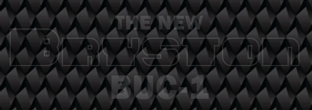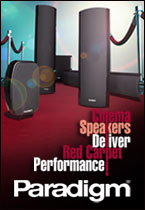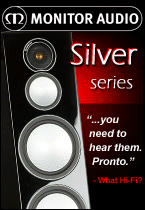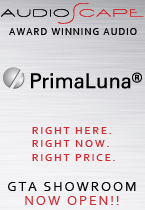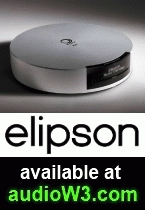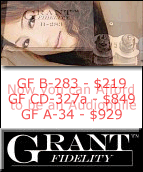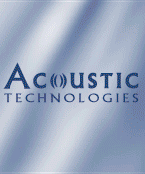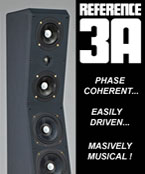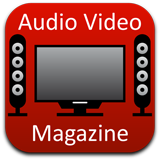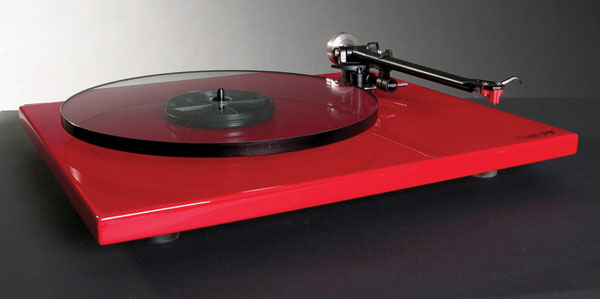
What’s a poor audiophile to do? You’ve saved your hard earned money for a beautiful new turntable and are spending your beer money on albums at every opportunity, but you’re not sure it’s all set up right, and you’re getting dust and static on all your records.
It’s time to max out your credit cards on a variety of different accessories and I’m going to show you just some of the areas where you can splurge!
I’m going to assume you’ve got an arm and cartridge to go with that turntable but if you don’t, you’re going to need more help than I can offer in this short article and its back to the dealer you go.
Does your amplifier have the required phono input? If not you will need a good phono preamp. You can spend up to five figures here, but there are some inexpensive models worth considering, like the Clearaudio Nano ($350). For a warmer sound you may prefer the Pro-Ject Tube Box SE-II ($699), and if you’re looking for superlative performance I recommend the EAR 834P MM/MC (Signature $1995, Deluxe $2795) from renowned designer Tim de Paravacini. Make sure the phono preamp is a good match for the cartridge. Some come with multiple adjustments to cover a wide range of cartridges, and others, like the Graham Slee Era V Gold that I use are for high output cartridges only, like my Clearaudio Virtuoso Wood. The ones I’ve listed cover both high and low output cartridges. The EAR accommodates low output cartridges by including a high quality transformer instead of an active stage, and it is a subject of some controversy which method is optimal. If you need to make adjustments to the precise gain and impedance loading, you may consider its bigger brother the EAR 88PB ($5995). It’s a much more expensive animal but still represents strong value.
Another option is to look for an integrated amplifier with a good phono section built in. There are far fewer of these available than there used to be but here are a couple to look at the Creek 5450 SE and the Marantz limited-edition PM-KI Pearl amps. They will both accommodate a wide range of cartridges and represent excellent value.
It might surprise you to know that there is quite an aftermarket in record mats, some designed specifically for particular turntables, others of more general application, and they can have quite a significant impact on audio. One universal mat to consider is the Funk Firm Achromat Universal Record Mat ($90 - $100 US) which includes air bubbles for optimal damping.
It’s a religious matter for some people whether or not to use a record clamp to couple the record firmly to the platter. I’m not a believer myself, but it can’t hurt to try. The JA Mitchell Record Clamp (approx. $59 US) is a superb example at a reasonable price and if your budget is larger, the SOTA Reflex Clamp (approx. $245 US) is worth considering.
Records sound better when they’re spinning at the right speed with the lowest level of deviation from that speed over time. Many turntable manufacturers offer enhanced power supplies that reduce fluctuations, but here is one not tied to a particular turntable – the Clearaudio Synchro Speed Controller ($950 if purchased together with a Clearaudio turntable). It will drive any turntable with an AC synchronous motor up to 8 watts. It will lock in an accurate speed of 33 1/3 rpm or 45rpm through its precise sign wave generator.
Did you know there’s a wide range of headshell leads available to connect your cartridge to the tone arm leads? I’m using Cardas Silver Headshell leads (approx. $116 US) on my Linn LP12 and you might also want to take a look at the inexpensive Sumiko HL-29 Headshell Leads (approx. $20 US) or the high performance Ortofon LW1000s Headshell Leads (approx. $120 US). Two nice sets of Headshell leads are also available from a company called 1877Phono: Angle’s Breath model ($94) and Devil’s Hair model ($54). On the premium end of the scale, Furutech offers the La Source 101 ($319) and La Source 102 ($281). Furutech also offers two high end DIN connectors: the FP-DIN ($94) and the 90-degree FP-DIN(L) ($113).
If you would like to take wiring a step further, you may want consider rewiring the tone arm. 1877Phono offers two kits for just this purpose, one for $81 (copper wires) and one for $140 (pure silver wires). Each kit contains the tone arm wire, a 5-pin Teflon DIN plug, a black collar and a FITclip.
To set up your arm and cartridge optimally you will need to know what you’re doing, and some simple but specialized tools. Michael Fremer, Stereophile’s analog expert, has compiled a Turntable Setup DVD ($30 US) which will show you everything you need to know and more. As for the tools, there are inexpensive vinyl protractors such as the Turntable Basics Phono Cartridge Alignment Tool ($20 US), or you can join the professionals and use the exquisite Feickert Universal Protractor (approx. $250 US).
How do you know if the tracking force is as precise as the manufacturer recommended? The markings on most arms are not that accurate. Shure makes the excellent and inexpensive SFG-2 Stylus Force Gauge (approx. $36 US), accurate to within a tenth of a gram, and if you want to go hog-wild with precise digital readouts, try the Pro-Ject Measure It II ($139).
Now that you’ve done your initial setup, there are a couple of technical records you may want to take a look at. The Cardas Frequency Sweep and Burn-In Record (approx. $28 US) is a tuning tool for precise setup, diagnostics and maintenance. You can also use it to degauss your cartridge and clean the stylus tip. The HiFi News Test Record (approx. $45 US) is a similar product with an English accent.
One of the most expensive indulgences is a record cleaning machine. You can spend in the thousands if you’re not careful. If you are careful, take a close look at the Nitty Gritty 1.0 ($389 US, manual rotation) and 1.5 ($629 US, automatic rotation). Both machines require you to apply the fluid manually, but if you’re willing to lay out over $1000, the Nitty Gritty Mini-Pro 1 ($1109 US) will take care of that too, and on both sides of the vinyl at once. For the rest of us, a good record brush may do the trick. Try the inexpensive Stanton CFB1 Carbon Fiber Brush ($20 US) or the 1877Phone Super-Extatic Brush ($33). If static is a problem in your house, an old favourite is the Zerostat Gun form Milty (approx. $100 US). You may also need to clean your stylus (gently does it) from time to time. Consider LAST #4 Stylus Cleaner with Brush (approx. $22.50 US).
Which of all these offerings do you need? If you know someone who can do a great job on the setup for you, and you’re not figuring on making a lot of changes, you can manage without a bunch of this stuff. A good record brush is indispensible, and may be all you need to keep your records clean if you can control the humidity in your home to avoid static build-up and you take care not to touch the grooves with your fingers or leave them exposed for long periods. I’m all for the things that make your whole collection sound better so I’ve bought myself a high end record mat and a stylus cleaner to go with my Decca record Brush.
Vinyl records are all about the sound, naturally, but many revel in the experience, or should I say, the ritual. There’s a real joy to using that Mitchel Record Clamp for example, and they tell me I look cool with my trusty Zerostat gun. For all the options I’ve listed there are both cheaper and more expensive alternatives to fit your budget and your aspirations, so take this guide as a starting point for your search. Have fun out there!
Click here to discuss this article on the CANADA HiFi Forum




